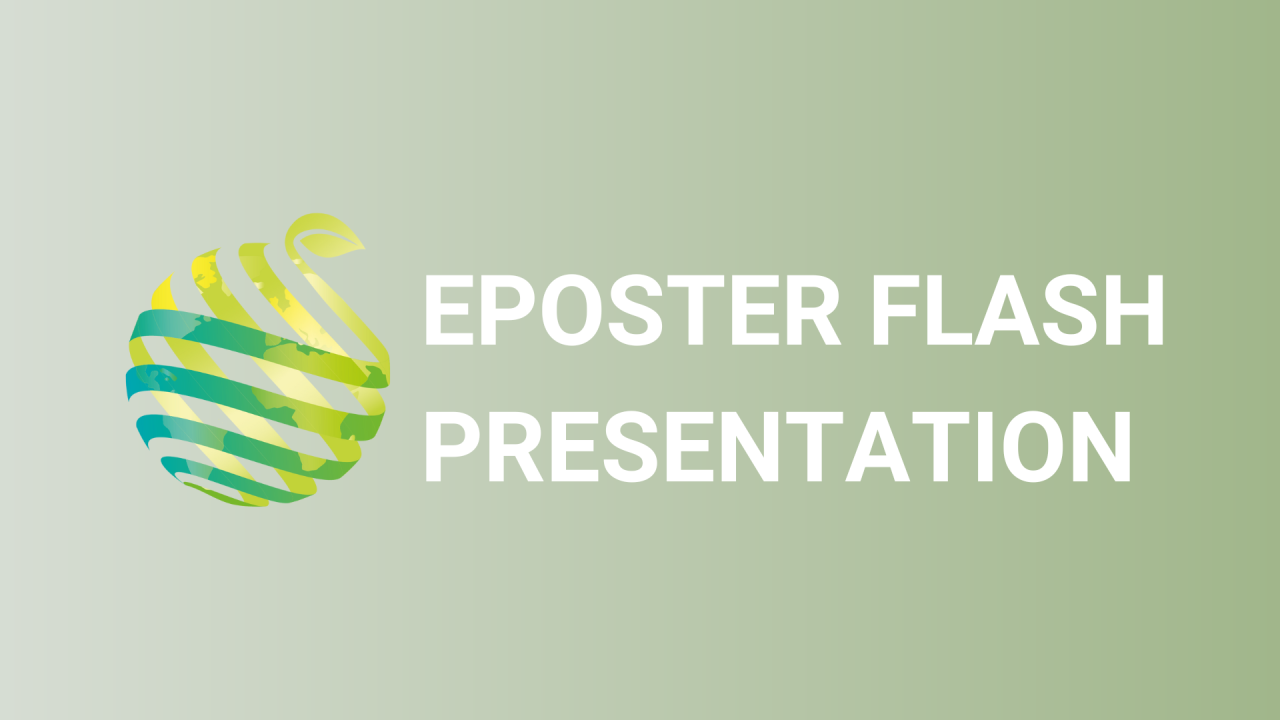

S15 - Session P1 - Floral resources in conservation biological control
Information
Authors: Lene Sigsgaard *, Xueqing He
In apple orchards, floral resources such as flower strips are increasingly used to support natural enemies of insect pests as well as pollinators. One aspect that deserves more attention is the dietary value of floral resources in supporting predatory arthropods. A systematic review showed that across predator species, floral resources significantly increased predator longevity with whole flowers and sugars being more effective than pollen. Floral value differed considerably among species, and overall, flowers with open or exposed nectaries were more likely to extend predator longevity. Some predator species could even oviposit on a diet consisting only of floral resources. For the ladybird Adalia bipunctata bioassays to assess larval and adult development on different floral diets showed that in all cases a floral diet increased its longevity but did not allow molting or reproduction, buckwheat being the best of the floral diets tested. A subsequent experiment comparing floral diet of buckwheat with an ad libitum or a limited diet of rosy apple aphid Dysaphis plantaginea or combinations of these diets, showed that development of A. bipunctata larvae given limited aphid prey and buckwheat flowers was comparable to larval development on an ad libitum aphid diet. These findings emphasize the value of floral resources to sustain predators in orchards in periods when prey is scarce. Tailored choice of flowering plants in and around orchards can be used to improve conservation biological control.